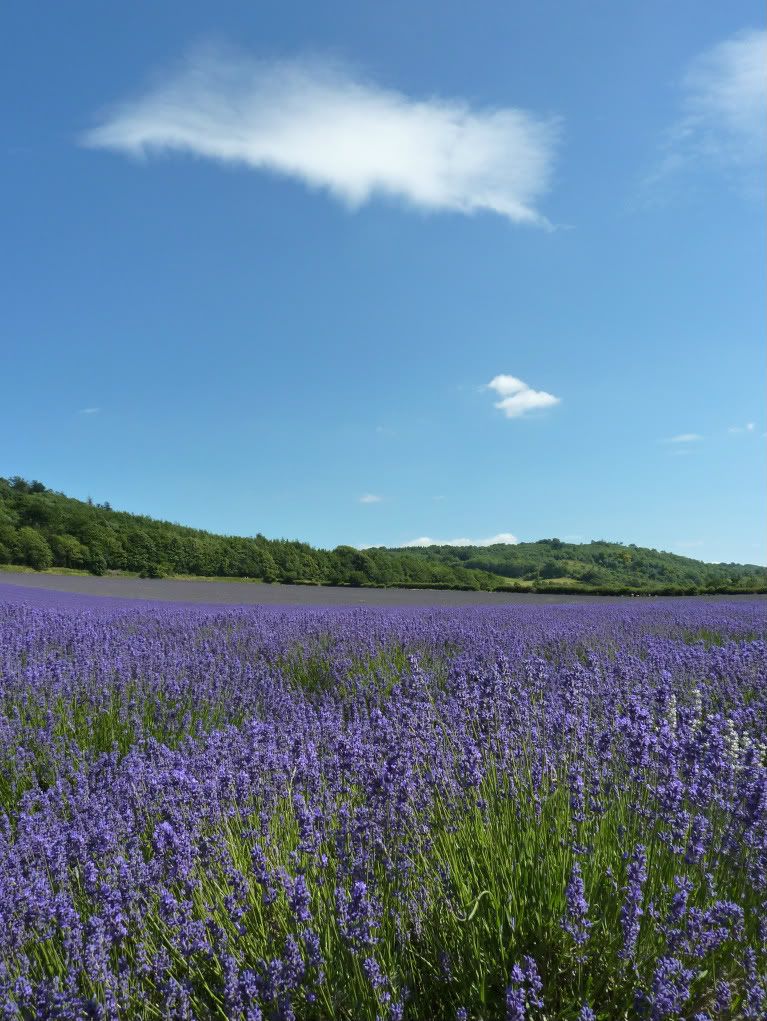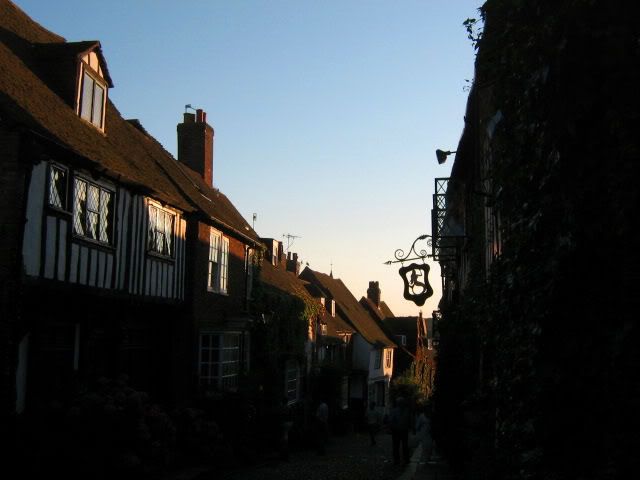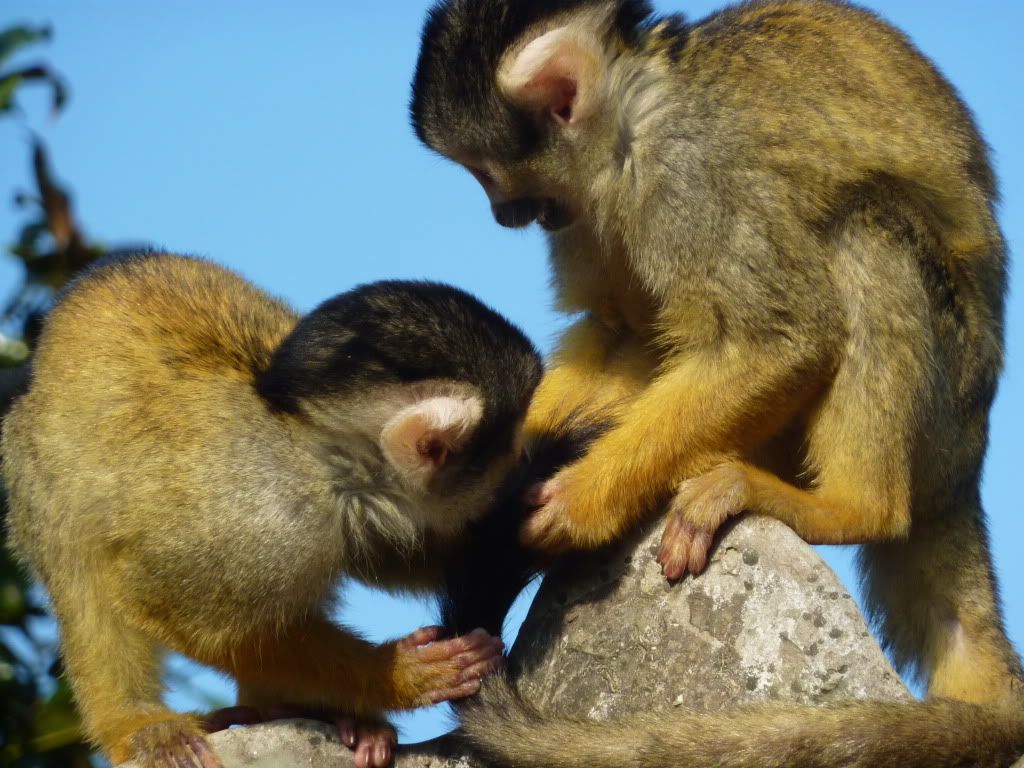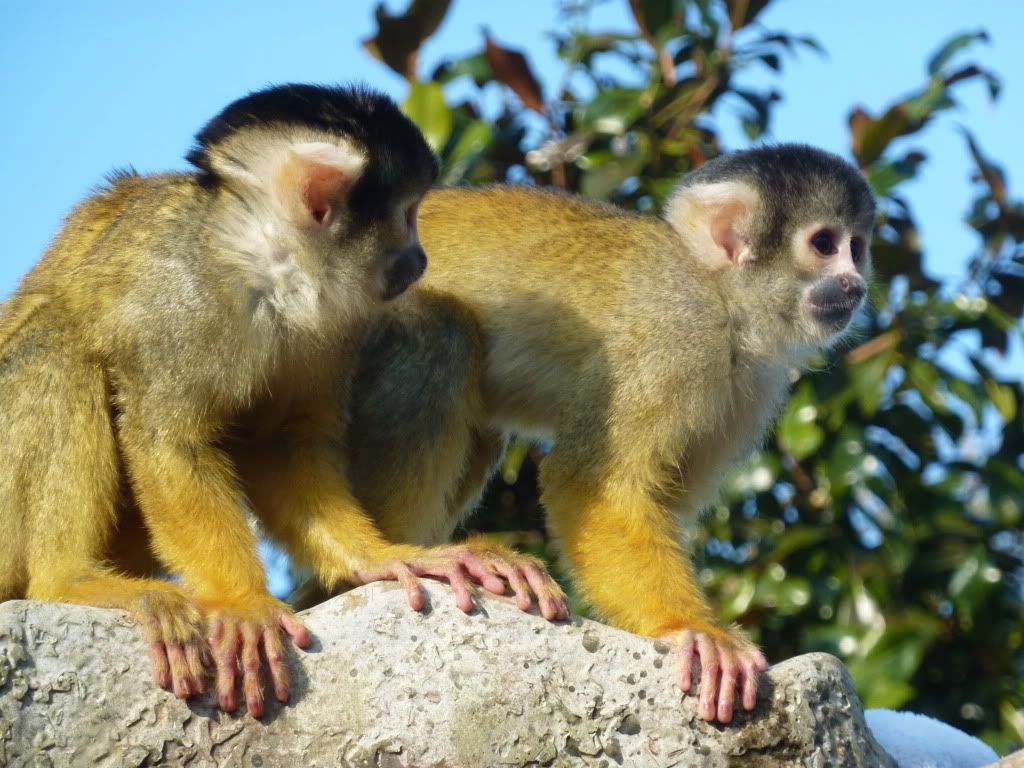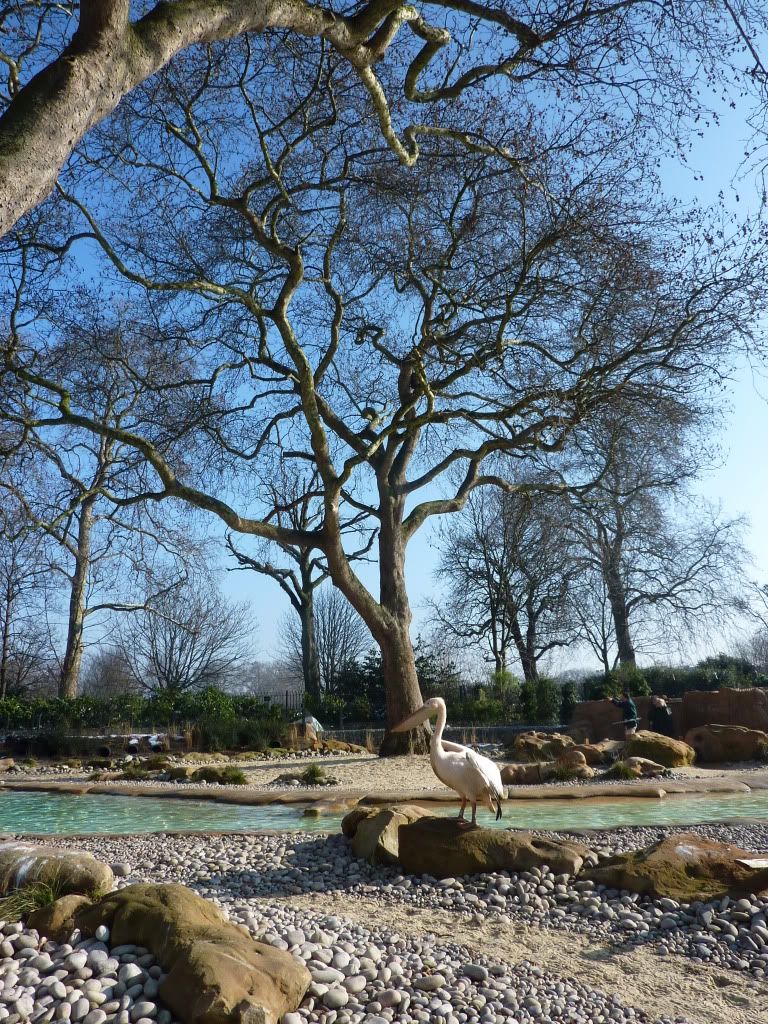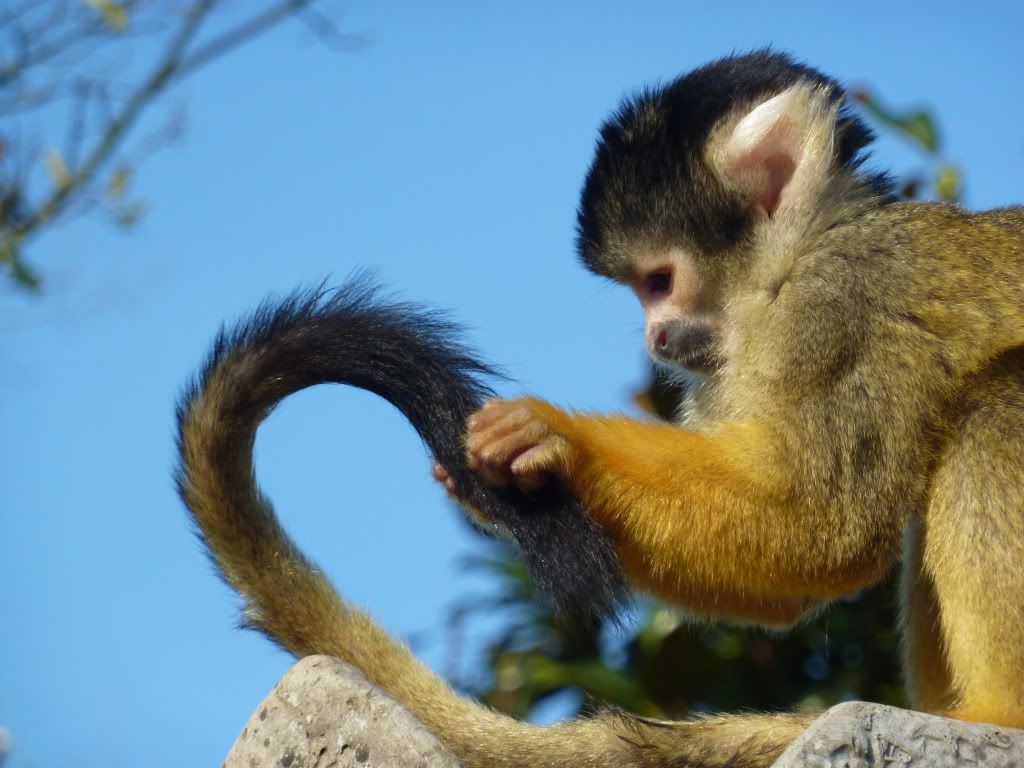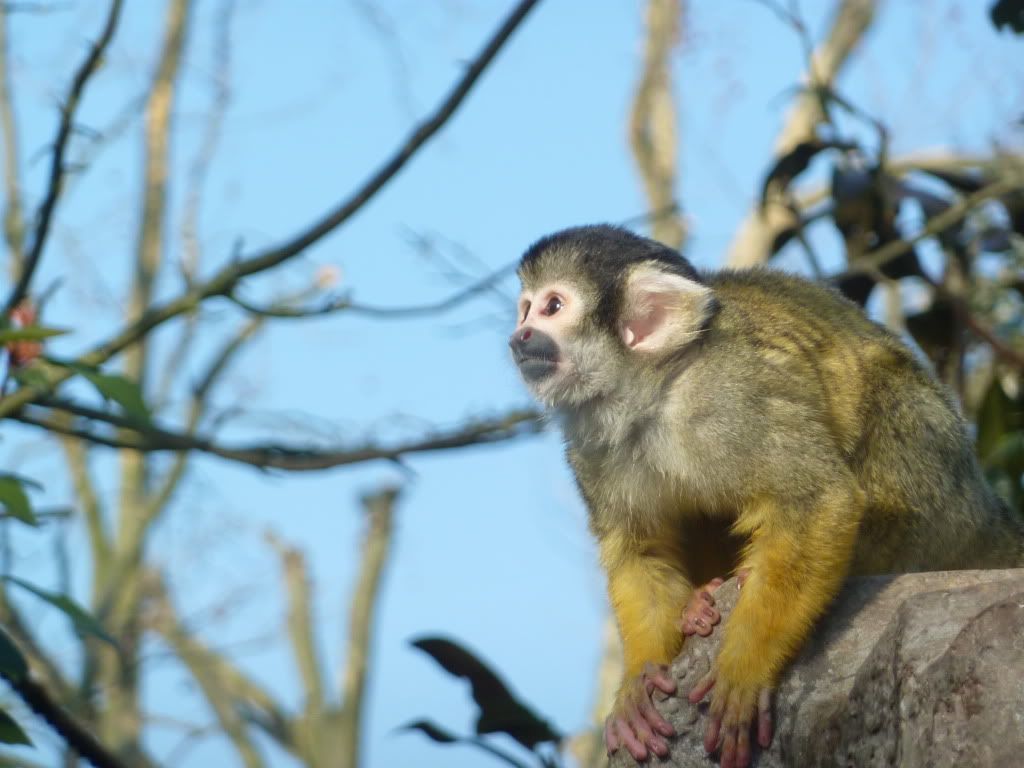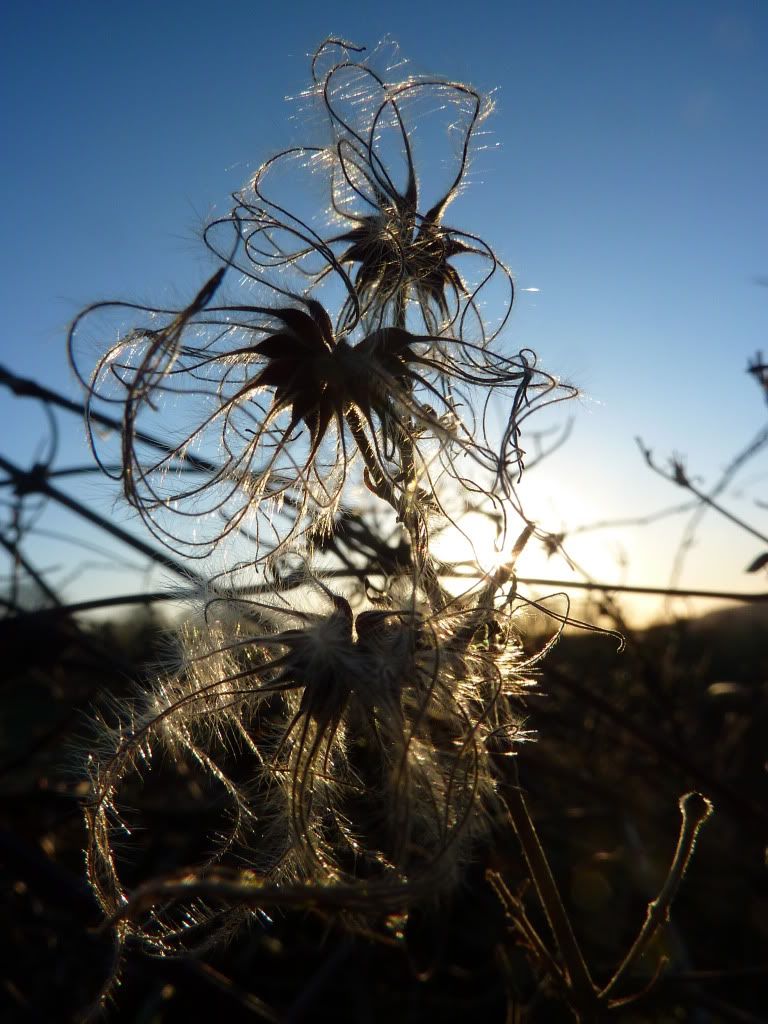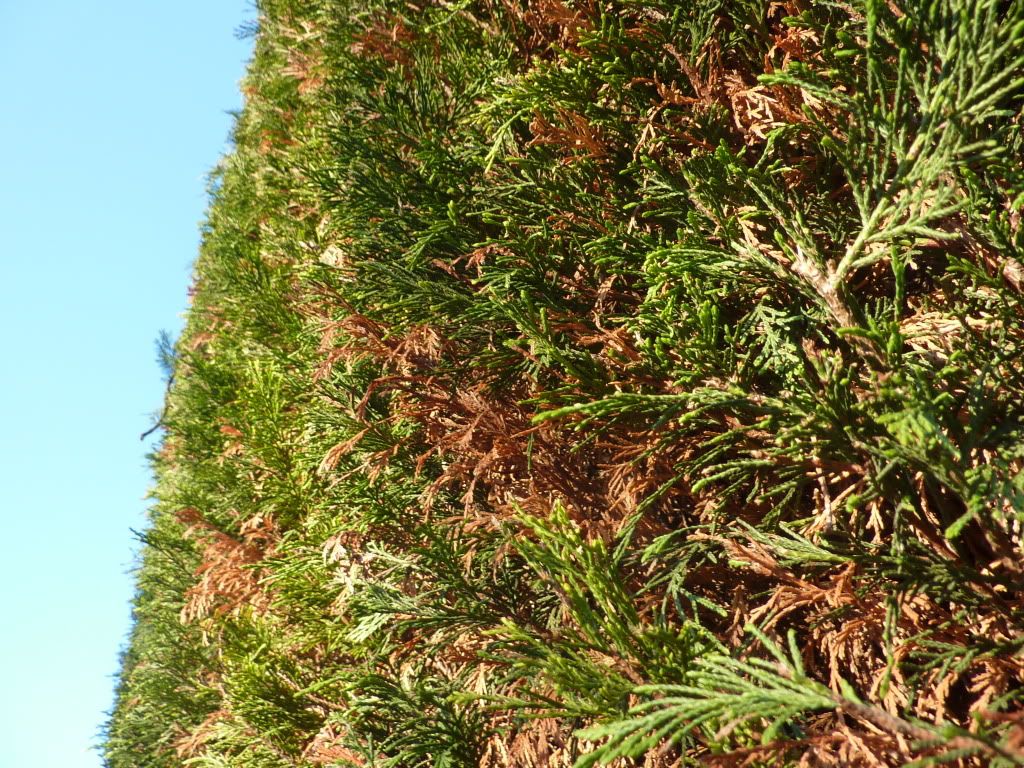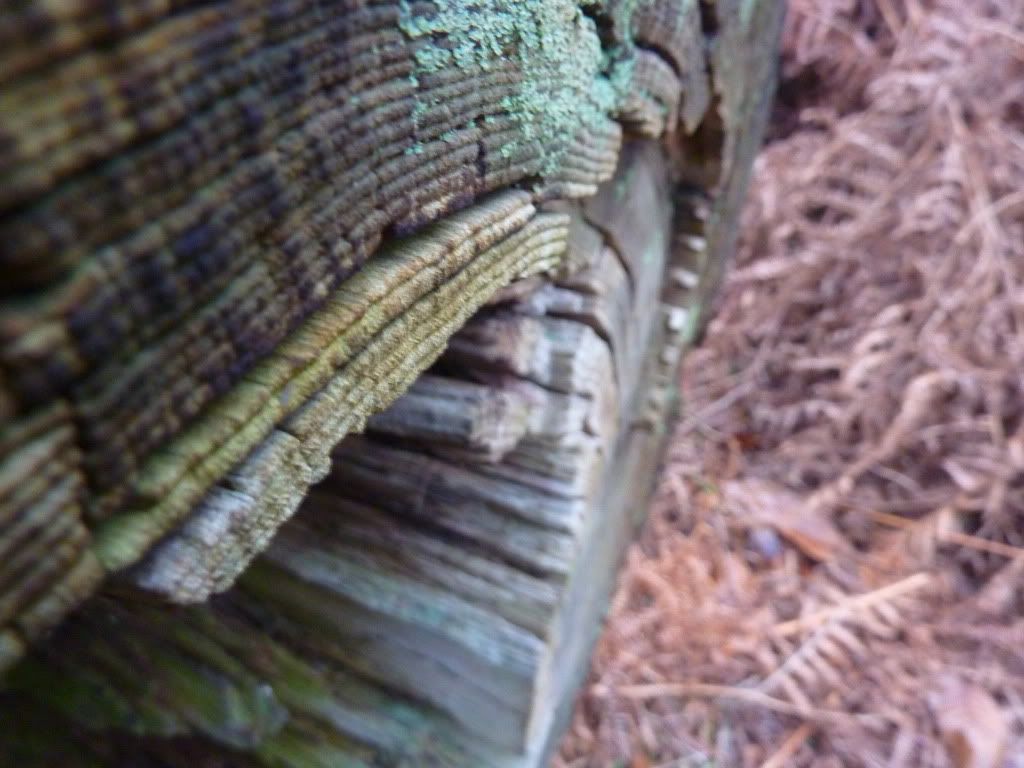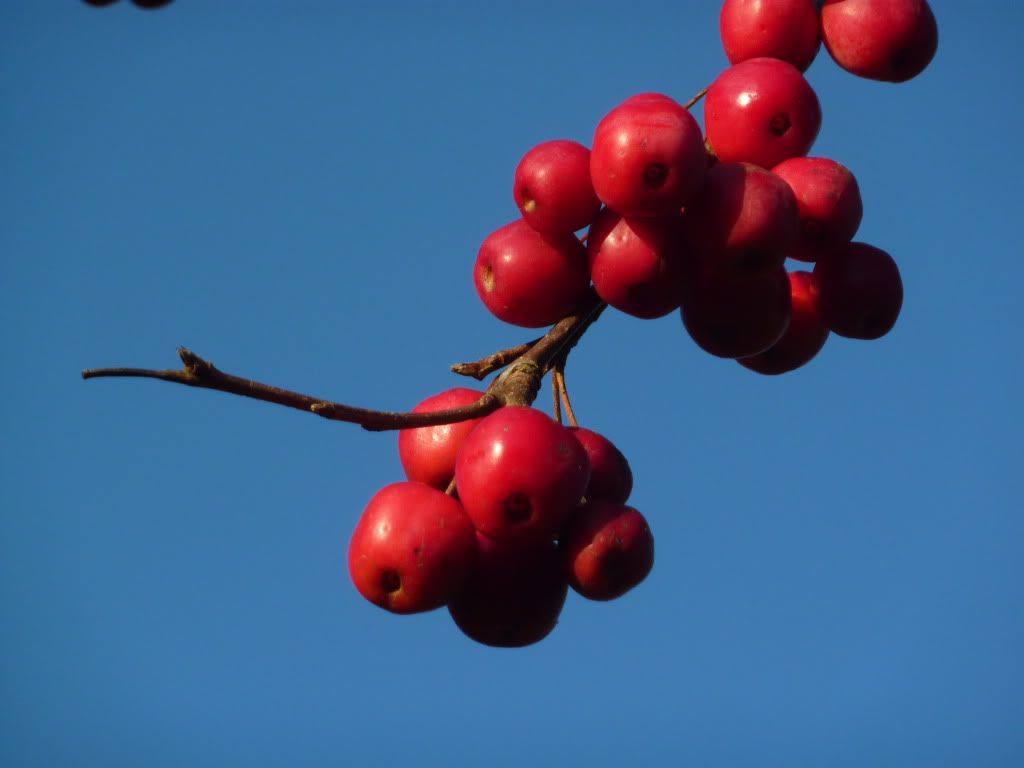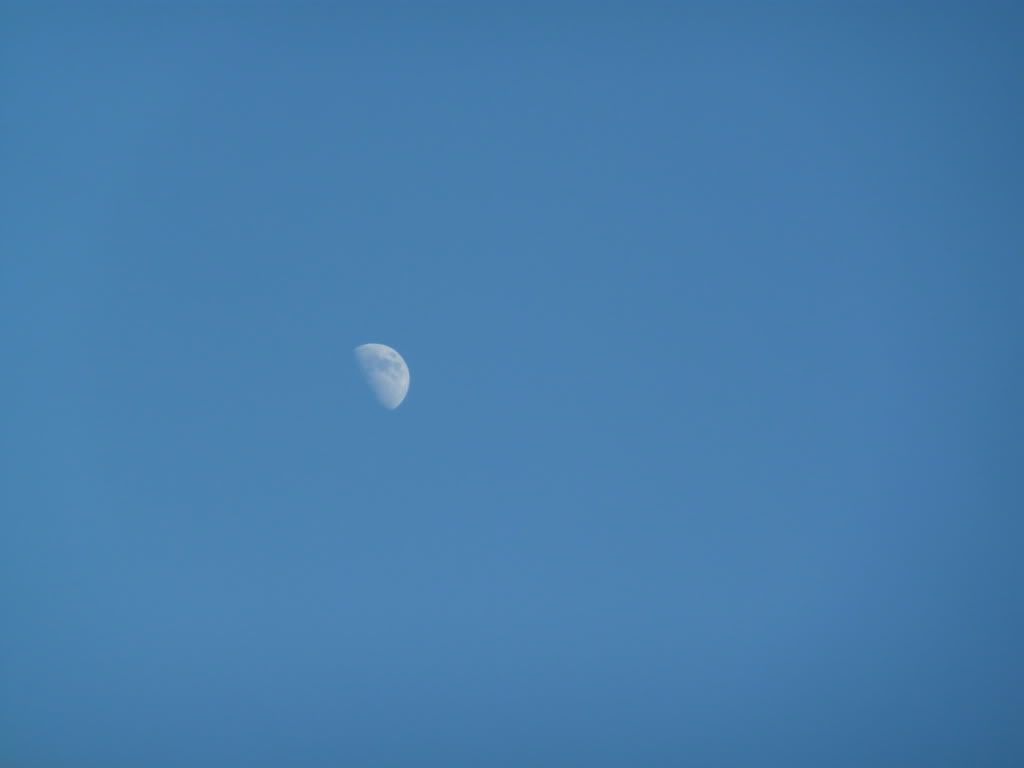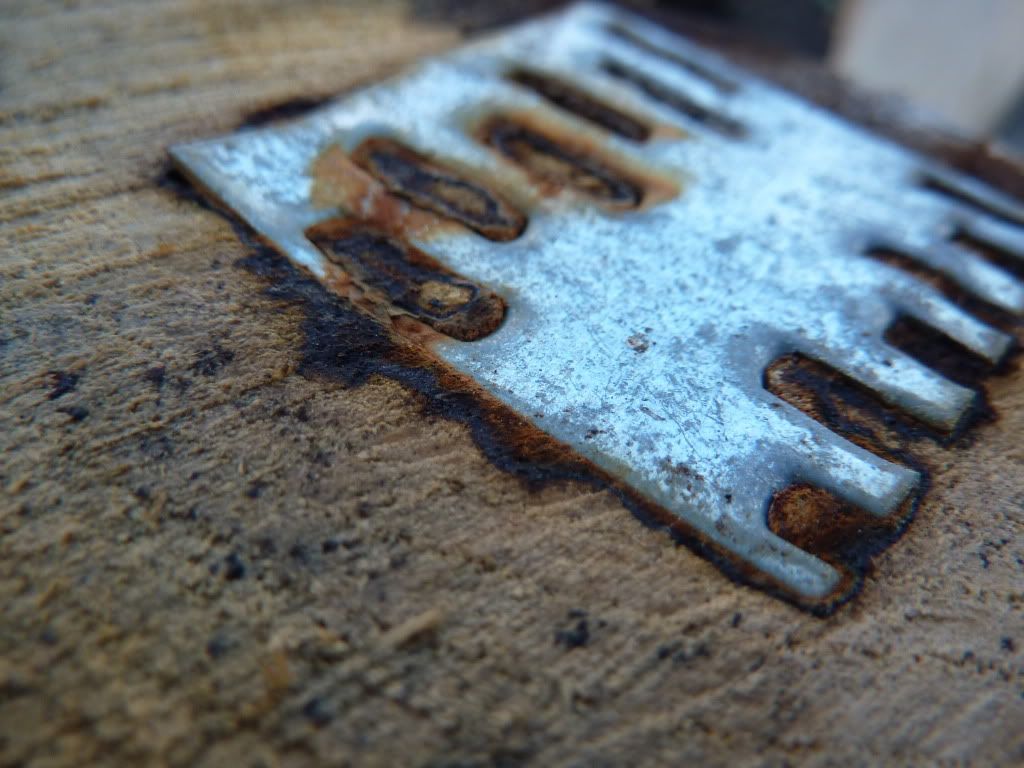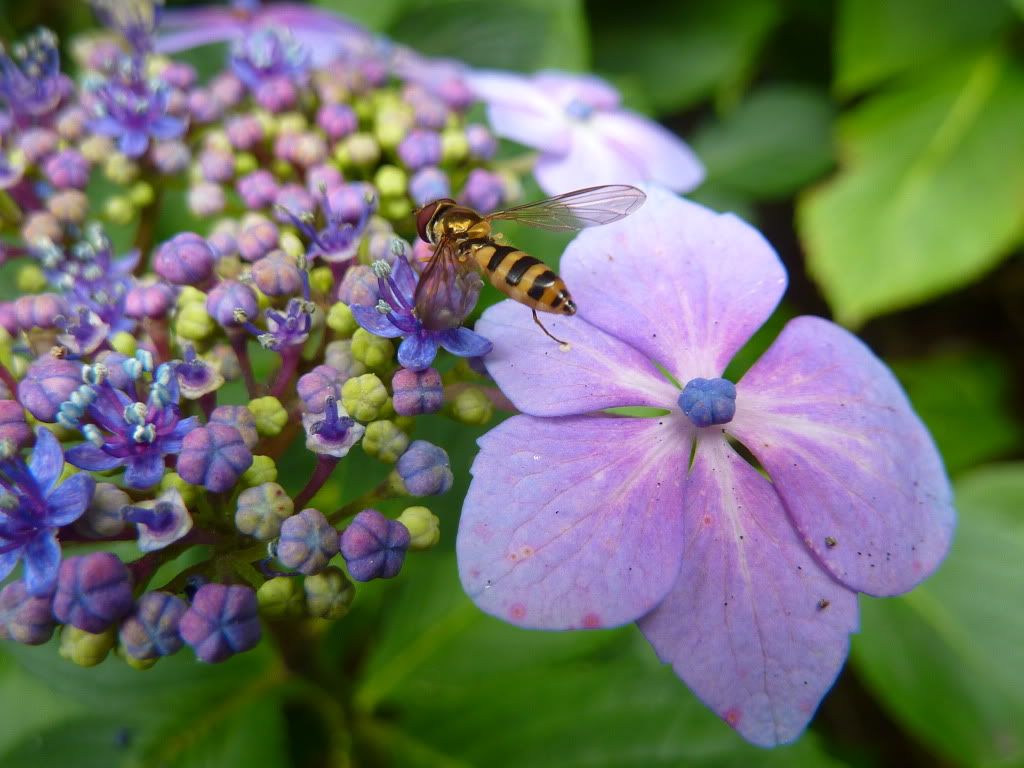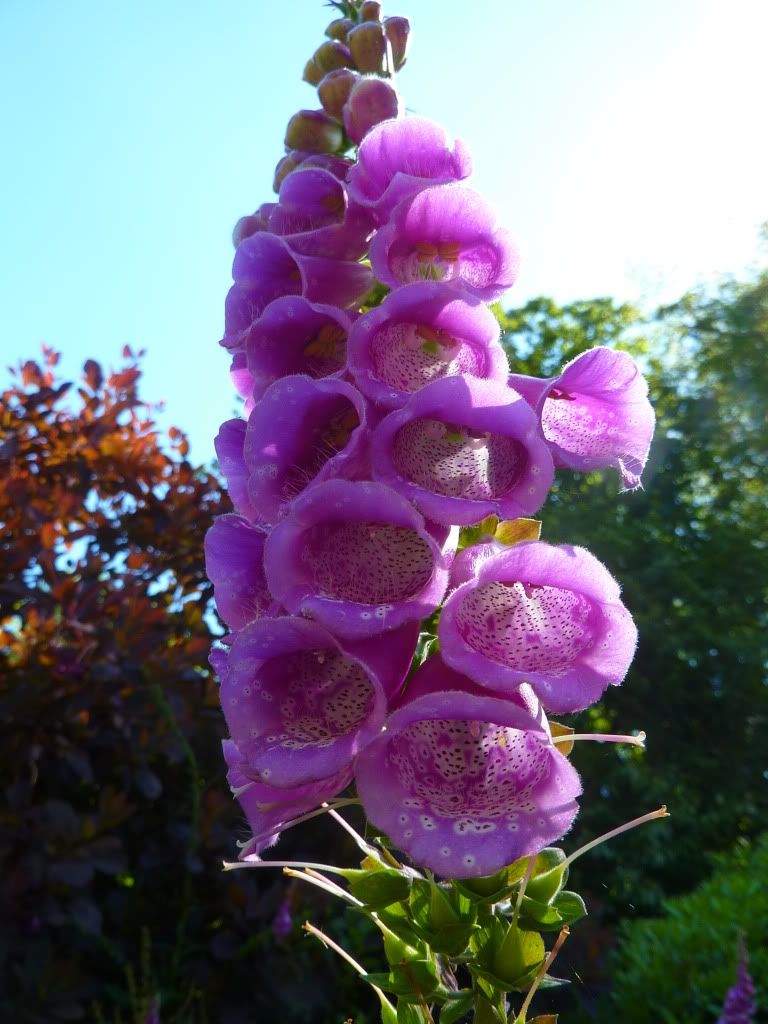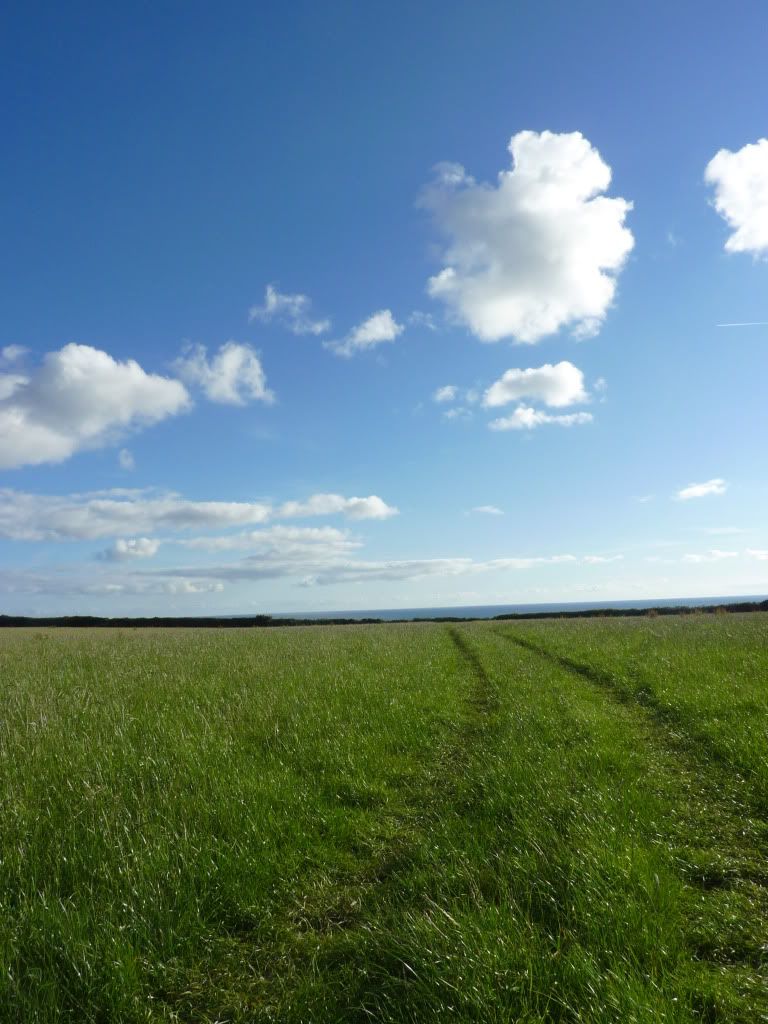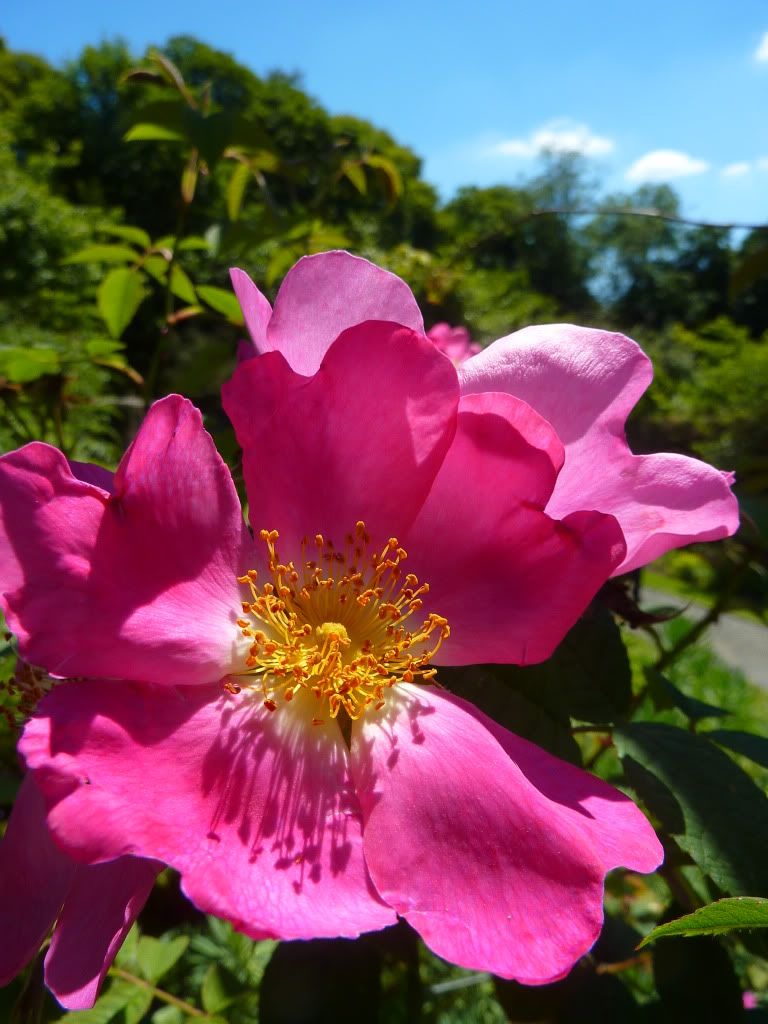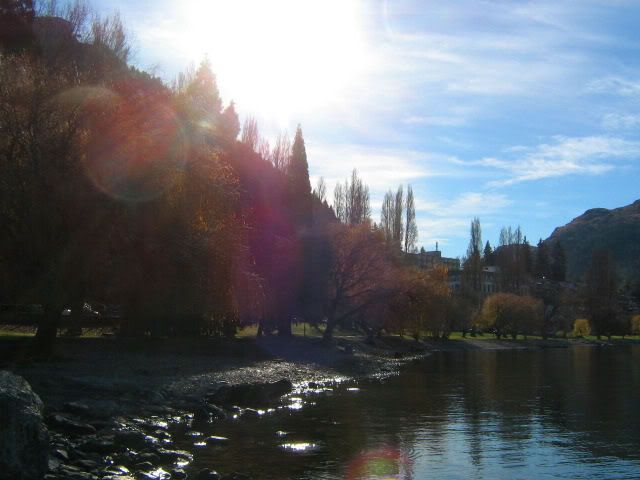 |
| By Lake Wakatipu, Queenstown, New Zealand |
And we're back to our regular every-other-day photography service! I've been kicking myself lately because there's been a few times when I've been out and about and seen opportunities for some really interesting photos...and I haven't had my camera with me. Fail! But along with a new resolution to try to carry a camera with me more often, that's also inspired me to dig out some old pictures from before I started this blog. This one, as with several upcoming photographs, was taken on my old camera which was nowhere like as good as my current one. For a fairly reasonably-priced non-DSLR camera, my current one is great, but my previous one was not as good - but it would be a shame to let all the nice pictures I've taken on it languish on my hard drive, so I'm posting them anyway.
This photograph was taken on my gap year, when I was staying at a youth hostel by the shore of
Lake Wakatipu in Queenstown, on New Zealand's South Island. I was there in May/June 2007, right as the winter season was beginning.
Queenstown's a big spot for adventure tourism; me and the friend I was travelling with wanted to go hang-gliding, but the weather wasn't good enough. But we did manage a trip to an ice bar, a cruise around the incredibly beautiful
Milford Sound and a speed boat trip.
Oh, and a
canyon swing, which was
terrifying. I refused to go bungee jumping, because I can't think of anything worse that doesn't involve actual bodily dismemberment. But we wanted to do something adventurous, and as hang-gliding was off, we settled on the canyon swing as a good alternative. I thought I could probably cope better with falling off a cliff if I was at least the right way up.
What the hell is a canyon swing? I hear you cry. Well, in this case it's a platform 360ft (109m, if you're feeling metric) above the
Shotover River. You stand on said platform, after being tied into a harness, and then you jump off it, freefalling for 60m and then the "swing" aspect kicks in and you're transformed into a giant pendulum swinging wildly back and forth above the river. If you're a complete mentalist - like my friend - you can mix it up by, say, tipping yourself backwards off the platform while tied to a plastic chair. If like me you're terrified of heights, you can just jump off, though I should warn you that a split second after doing so you will be genuinely convinced that you've just accidentally committed suicide.
